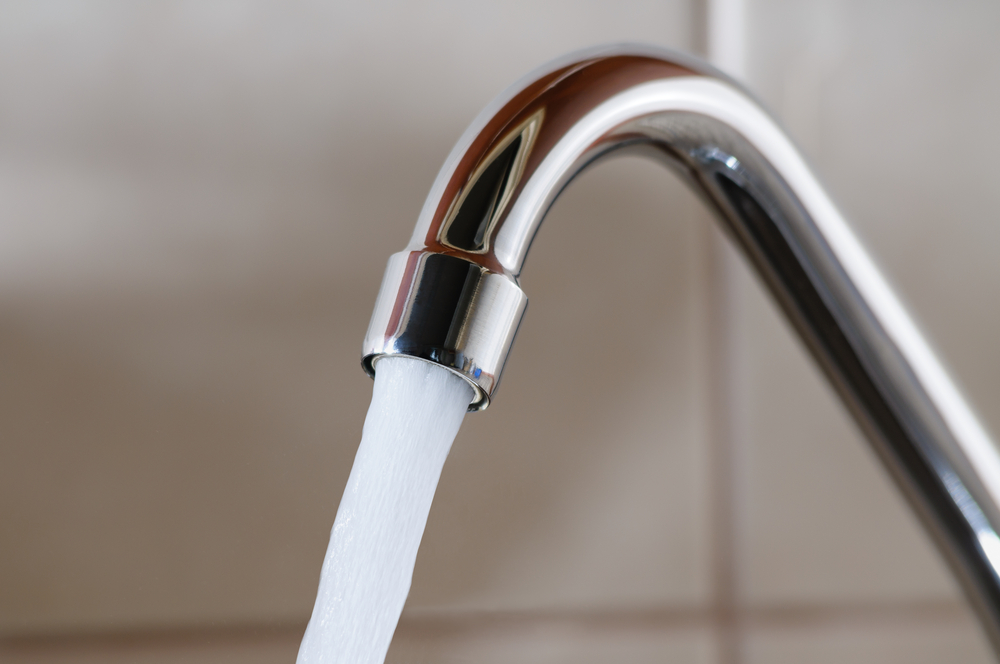How To Increase Water Pressure Without Replacing Your Pump
Are you experiencing low pressure with your water lines, or is your existing water pump unable to reach the water pressure you need? That happens, but replacing your water pump isn’t always possible. So, this is how to increase water pressure without replacing your pump.
You can increase water pressure without replacing your pump by installing a pressure tank, repairing damage or clogs to your water lines, elevating your water tank, or installing a pressure regulator.
What Is A Water Pump?
A water pump is an equipment that transfers water from one place to another. Many building types use water pumps, including homes, offices, and businesses.
Water pumps also transfer different types of water. These types include well water, freshwater, spring water, dams, groundwater, rainwater, seawater, and even wastewater.
For a water pump to work correctly, though, it needs water pressure.
What Is Water Pressure?

Water pressure is the force a device (such as a water pump) uses to push water through pipes or other equipment. Without water pressure, water won’t flow as smoothly or as quickly.
A typical household water pressure ranges from 30-60 pounds per square inch (psi).
What Do We Mean By “Increase Water Pressure?”
Increasing water pressure does not have to mean going above normal levels. Going above normal levels can result in a higher water bill and potential damage to your plumbing in the long term. So, for the recommendations below, we’re thinking of the phrase “increase water pressure” as meaning to get it within that normal range or to raise it within that normal range.
We recommend contacting a professional (as we do with many things in this article and others) if you want to raise the water pressure beyond normal levels.
Four Ways To Increase Water Pressure Without Replacing Your Pump

Sometimes things go wrong with water pumps or water pressure. Knowing how to increase water pressure without a water pump is essential for your plumbing to operate efficiently. There are several ways to do this.
Let’s start with a pressure tank (also known as a pressure booster).
Purchase A Pressure Tank/Pressure Booster
A pressure tank is a metal tank that stores water under pressure. The tank stores the water in a bladder while air pushes down on it from above. When water’s needed (such as someone turning on a faucet), the tank releases the water.
Adding a pressure tank means the system will use water from the tank first. This reduces your water pump’s running time and workload, which extends your water pump’s lifespan.
A pressure tank can also automate your water system.
When water pressure is low, a pressure switch detects that low pressure, which starts the water pump. The water pump stops when it reaches the desired pressure. When the water pressure is low, the pump will start again.
Repair Your Water Pipelines
Regularly check your water pipelines if you are experiencing low water pressure. Damaged pipelines may cause leaks, reducing water line pressure.
If you suspect this is the issue, contact a professional. However, for minor problems, you may be able to fix the water leaks with water sealant.
Limescale clogging your water lines will reduce water pressure as well. Water descalers can help minimize this issue.
Elevate Your Water Tank
When you elevate your water tank, you harness gravity to increase water pressure. The higher the water tank, the stronger the water pressure. This is due to the mass of the water being multiplied by the force of gravity and height.
If you want to know how high your water tank should be to gain a certain pressure, you may use this formula: [water pressure (psi) = 0.433 (psi per foot) x height of the tank (foot)].
Install A Pressure Regulator
Pressure regulators control flow rate, pressure, and temperature. Replace your current regulator or install one to keep your water pressure within the desired range.
Four Ways To Monitor Your Water Pressure

Of the four ways to monitor your water pressure, using a professional for the first three is ideal. The last, your observations, is something you can do alone, but you shouldn’t rely on that alone.
Let’s start with pressure gauges.
Pressure Gauges
Pressure gauges measure pressure in liquids or gases. So, installing one is essential for monitoring your water pressure. Understanding that normal water pressure sits between 30 and 60 psi, you’ll instantly know from your pressure gauge if your water pressure is off.
Flow Meters
Flow meters (also known as flow sensors) measure how much water moves through a pipe (the flow rate). A high flow rate indicates a high water pressure. The reverse is also true.
Since the flow rate is linked to water pressure, installing a flow meter is another way to monitor your water pressure.
Temperature Gauge
High temperature means high water pressure, and the reverse is also true. So, installing a temperature gauge will give you another way to monitor water pressure.
Your Observations
While it’s not as scientific and exact as the other three methods, you can also notice a change in water pressure on your own. As you use water, whether to take a shower or a bath, use the toilet, water your lawn, or get something to drink, look for unusual changes in how fast or slow the water is coming out. These changes can indicate an issue with water pressure, and you should contact a professional for help.
Final Thoughts On How To Increase Water Pressure Without Replacing Your Pump
This may seem like a lot of work. However, since water pressure is essential to your water system functioning correctly, we recommend getting started immediately. As always, contacting a professional is an ideal way to start if you’re unsure.
So, what alternative way to increase water pressure without a pump will you use? Let us know in the comments below!








